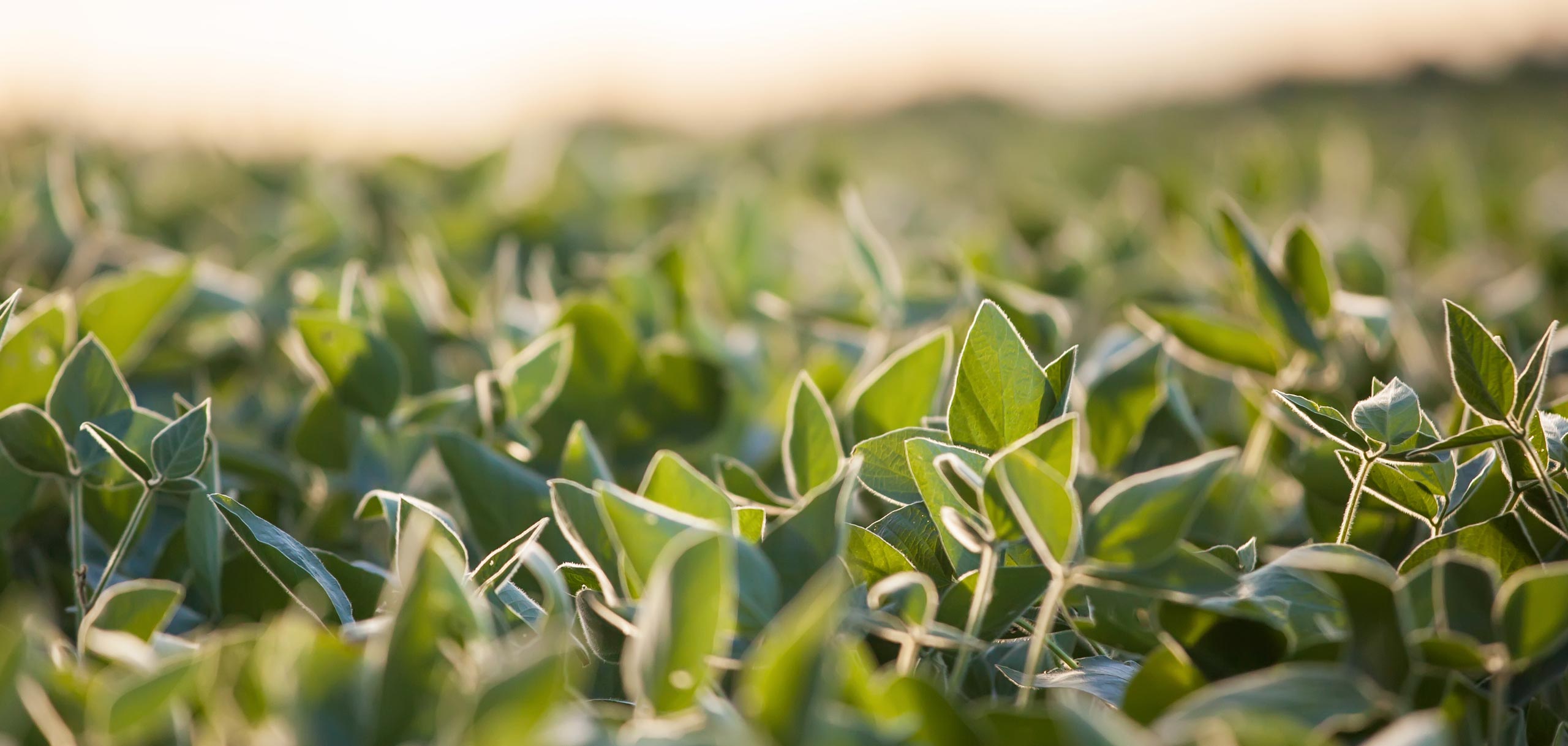Evidence Suggests Consuming Soy Early in Life Protects Against Breast Cancer
- Category:
- General News
- Soy Foods


With the American Cancer Society estimating that 231,840 new cases of invasive breast cancer will be diagnosed this year, identifying ways to reduce breast cancer risk is of paramount importance. Eating soy appears to be one of those ways, but the key is consuming soy during childhood and/or adolescence. In fact, there is increased recognition of the connection between early life events and adult cancers. To this point, the authors of a recent commentary published in the American Journal of Epidemiology concluded “… growing evidence … links childhood and adolescent lifestyle and environmental exposures with subsequent risk of cancers arising in adulthood.” The possible link between early soy intake and reduced breast cancer risk was first recognized 20 years ago.
In 1995, Coral Lamartiniere, PhD, who is with the University of Alabama at Birmingham’s Comprehensive Cancer Center, first proposed that consuming soyfoods early in life markedly reduces the risk of developing breast cancer. Over the past two decades, this hypothesis has steadily gained acceptance within the medical and scientific communities. In 2014, a group of experts identified eating soyfoods during adolescence as one of six dietary steps that can reduce risk of cancer.
As part of its public education initiative, USSEC publicizes soy-related research and highlights the work of experts conducting studies on the health effects of eating soy. At the most recent meeting of the Soy Nutrition Institute, held September 3 and 4, 2015 in Seattle, Dr. Lamartiniere discussed evidence in support of the “early soy intake hypothesis.” The Soy Nutrition Institute (SNI) invited Dr. Lamartiniere to its September 2015 meeting for a research update and to discuss the possibility of conducting a clinical study capable of testing the validity of the hypothesis. Mark Messina, PhD, MS, the executive director of the SNI commented, “While there is substantial evidence showing consuming soy when young is protective against breast cancer, generating clinical data would draw even more attention to this hypothesis.”
Dr. Lamartiniere has shown in a series of experiments that when young rats are exposed to genistein—the major isoflavone found in soybeans— the development of mammary cancer is reduced by as much as 50 percent. Exposure to genistein for even brief periods “programs” the mammary gland in a way that permanently makes it less likely to develop cancer. Interestingly, Dr. Lamartiniere’s laboratory has shown that genistein is also protective against mammary cancer in rats when consumed during adulthood, but only when exposure also occurs early in life.
Isoflavones are naturally occurring compounds that have a very limited distribution within the plant kingdom. Hence, people who regularly consume soyfoods ingest ample amounts of isoflavones whereas diets lacking in soyfoods are almost completely devoid of these compounds.
Recently, Dr. Lamartiniere’s group conducted a human study, which supports the “early soy intake hypothesis.” In young girls, blood levels of proteins associated with protection against cancer were increased in those excreting large amounts of genistein, indicating they were consuming soyfoods. In contrast, in girls excreting large amounts of bisphenol A (BPA), an industrial chemical that has been used to make certain plastics and resins, levels of proteins associated with an increased risk of cancer were increased. These results in girls reflect findings in animal studies wherein genistein is protective against cancer and BPA increases cancer risk.
Population studies conducted over the past 15 years support the notion that early soy intake is protective against breast cancer. Of course, it is well recognized that breast cancer incidence rates are low in soyfood-consuming countries. However, these studies, which have been conducted in both Shanghai and the United States, show that adult women of Asian ethnicity who reported consuming about one serving of soyfoods daily during the teenage years were anywhere from 28 percent to 60 percent less likely to have breast cancer in comparison to those women who consumed little soy when young.
Because soyfoods are nutritious additions to the diet and only one serving per day appears sufficient to reduce breast cancer risk, it certainly makes sense for girls to consume soyfoods. One serving of soyfoods equals a cup of soymilk, an ounce of soy nuts or one-half cup of tofu.